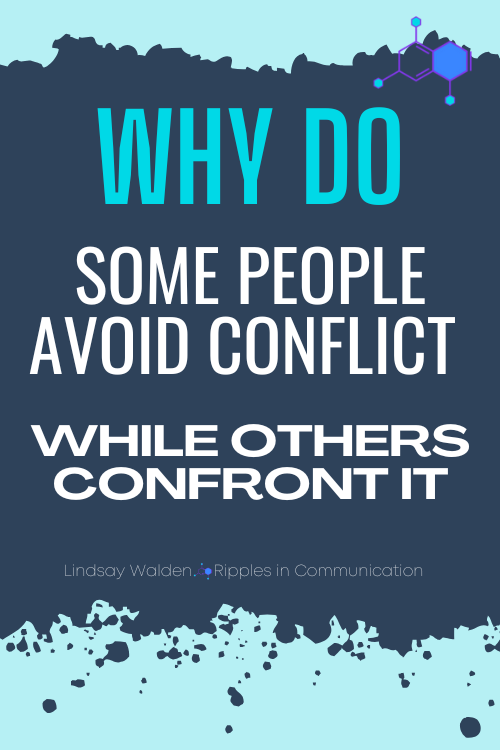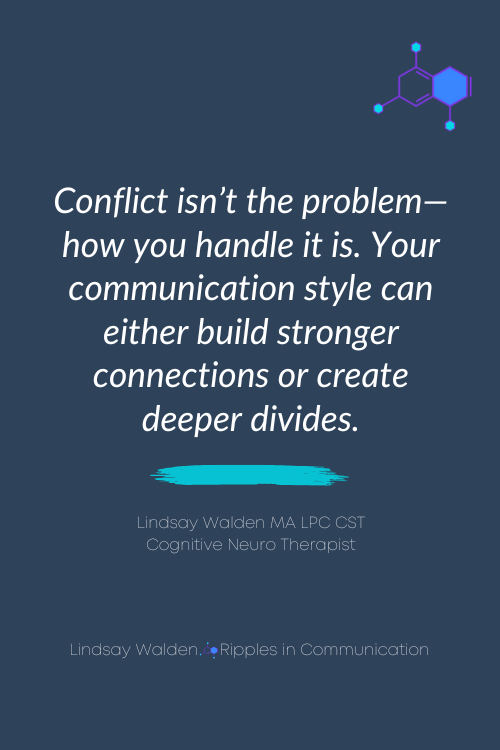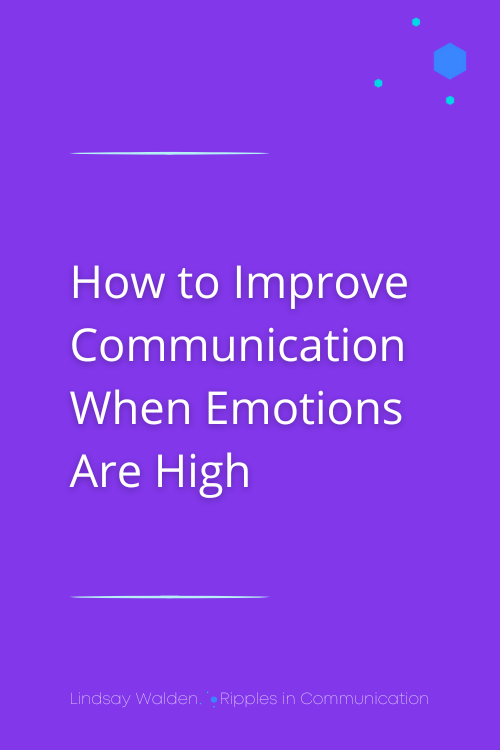How Understanding Your Conflict Communication Style Can Transform Your Relationships
Conflict is unavoidable. It happens in every relationship—whether it is with a partner, friend, family member, or coworker. But here is the difference between conflict that strengthens a relationship and conflict that tears it apart: how you handle it.
Most people assume conflict is about the topic at hand—who is right, who is wrong, and what should happen next. But in reality, it is not about the conflict itself—it is about how you communicate during it.
Your conflict communication style plays a massive role in whether disagreements lead to deeper understanding or lingering resentment. The problem? Most people do not even realize how they show up in conflict, let alone how to improve it.
That is where the Mini CNT Conflict Communication Styles Assessment comes in. This simple but powerful tool—part of the CNT Toolkit Sampler—helps you pinpoint your tendencies during conflict and develop practical strategies to handle disagreements with confidence, emotional intelligence, and clarity.
Let’s dive in.
WAIT! BEFORE YOU DIVE IN….
Have you grabbed your FREE CNT Toolkit Sampler yet? It’s packed with science-backed tools designed to help you regulate emotions, manage stress, and develop deep self-awareness. If you’ve ever felt overwhelmed by your reactions or stuck in negative thought patterns, this toolkit will give you the proven strategies I use with clients to help them strengthen emotional neutrality, rewire unhelpful responses, and build lasting resilience. Inside, you’ll find practical exercises and guided reflections to help you navigate challenges with clarity and confidence. Enter your email below, and I’ll send it straight to your inbox!
Why Understanding Your Conflict Style Matters
If you have ever left a disagreement feeling unheard, frustrated, or like nothing got resolved, your conflict communication style might be working against you.
Understanding how you naturally approach conflict allows you to:
Diffuse Tension – Recognize and break patterns that escalate conflict.
Foster Collaboration – Adapt your approach to create win-win solutions.
Strengthen Emotional Intelligence – Learn to respond instead of react.
The Science Behind It
Studies show that people who understand their conflict tendencies are better at managing stress, regulating emotions, and maintaining healthy relationships.
When you become aware of your default reactions in conflict, you can train your brain to respond in ways that strengthen rather than strain your relationships.
The Mini CNT Conflict Communication Styles Assessment
This assessment consists of three key questions that help you uncover how you typically handle disagreements.
Instructions: Rate yourself on a scale of 1 (Never) to 5 (Always) for each statement.
During conflict, I prefer to focus on finding solutions rather than discussing emotions. (Fixer Style)
I often finish someone else’s sentences or assume what they are going to say during disagreements. (Fixer Style)
I sometimes feel unheard when I express myself in conflict situations. (Listener Style)
Scoring & Interpretation
Add up your scores for each category:
Listener (0–5 Points): You prioritize understanding others but may struggle to assert your own needs.
Fixer (6–10 Points): You are solution-oriented but may overlook emotional processing.
Balancer (11–15 Points): You combine listening and problem-solving, striking a healthy balance.
Now that you know your conflict style, let’s explore what it means—and how you can use it to improve your communication.
How to Apply Your Results
Your conflict style is neither good nor bad—it is simply how you have learned to handle disagreements. The key is to recognize your strengths and balance your approach for more productive conversations.
1. Understand Your Strengths & Challenges
Each conflict style comes with advantages and potential pitfalls.
Listener Strengths: Excellent at empathy and de-escalation.
Listener Challenge: May avoid confrontation and struggle to express personal needs.
Fixer Strengths: Efficient at problem-solving and keeping discussions on track.
Fixer Challenge: May dismiss emotions or push for resolution before the other person is ready.
Balancer Strengths: Navigates both emotional and practical aspects of conflict.
Balancer Challenge: Must be mindful of not overcompensating for others in the conversation.
Action Step: Reflect on moments of past conflict. Where did your style help? Where did it create tension?
2. Shift from Reacting to Responding
Most conflict is not about the issue itself—it is about how people feel during the conversation. Learning to pause before reacting can completely shift the tone of your disagreements.
Try this:
If you are a Fixer, before jumping to solutions, ask: "How are you feeling about this?"
If you are a Listener, practice saying: "I hear you, but I also need to share my perspective."
If you are a Balancer, focus on guiding the conversation toward both emotional validation and resolution.
Action Step: The next time a conflict arises, practice pausing before speaking and notice how it changes the dynamic.
3. Journal Your Insights for Growth
Self-awareness is key to improving how you handle conflict. Taking time to reflect on your communication tendencies will help you become more intentional in future conversations.
Journaling Prompts:
What is one strength of my conflict style, and how can I use it more effectively?
What is one challenge I face during conflict, and how can I improve?
How do I typically feel after a disagreement, and what does that tell me about my conflict habits?
Real-Life Example: How James Transformed His Family Relationships
Meet James, a husband and father who always felt unheard in family discussions.
The Problem:
James avoided conflict and prioritized keeping the peace. But over time, resentment built because he never truly felt understood.
The Shift:
After taking the Mini CNT Conflict Communication Styles Assessment, James discovered he was a Listener—meaning he focused so much on others’ needs that he rarely expressed his own.
The Outcome:
He practiced asserting his opinions while still maintaining his natural empathy. The result? His family not only respected him more, but their conversations became more balanced and productive.
Takeaway: Small shifts in how you communicate during conflict can create major changes in your relationships.
How Understanding Your Conflict Style Benefits Your Relationships
When you learn to navigate conflict thoughtfully, you will experience:
Stronger Relationships – Thoughtful communication fosters trust and mutual respect.
More Effective Conflict Resolution – Understanding your tendencies allows you to adjust and de-escalate tension.
Increased Emotional Awareness – You will better recognize and manage your own reactions during disagreements.
Transform Conflict into Connection
Conflict does not have to be destructive—it can actually strengthen your relationships when handled the right way.
By understanding your conflict communication style, you will gain the ability to:
Diffuse tension before it escalates
Navigate disagreements with clarity and empathy
Express yourself in a way that others truly hear
Ready to take the first step toward healthier, more productive conversations?
Download the CNT Toolkit Sampler now to take the full Conflict Communication Styles Assessment and start transforming the way you handle conflict today.








